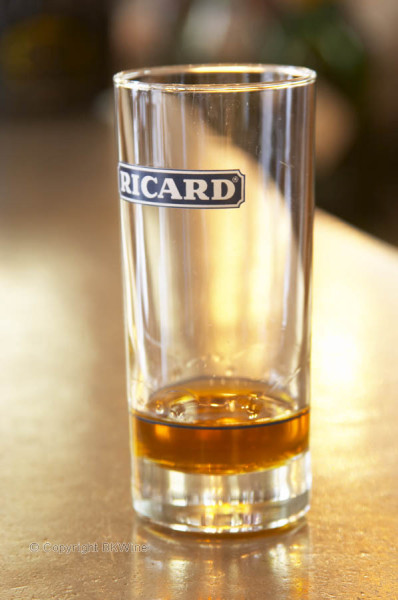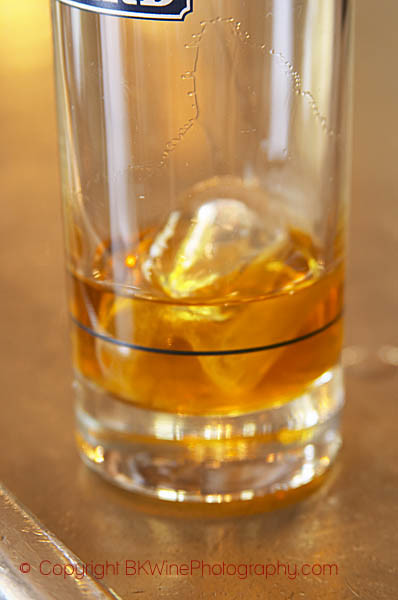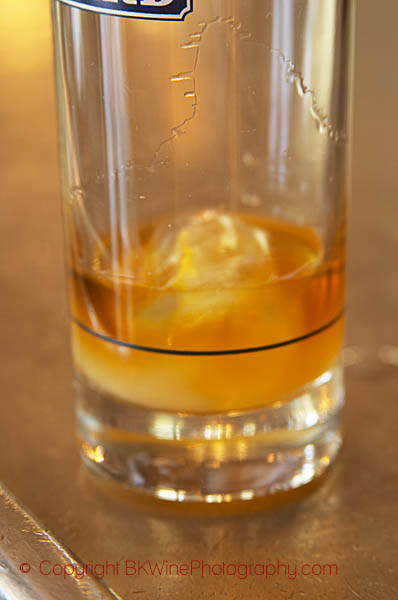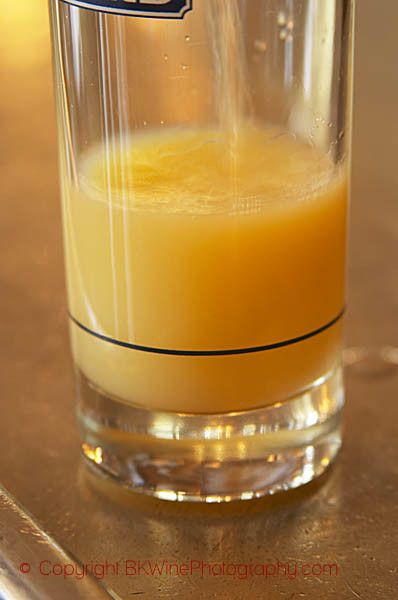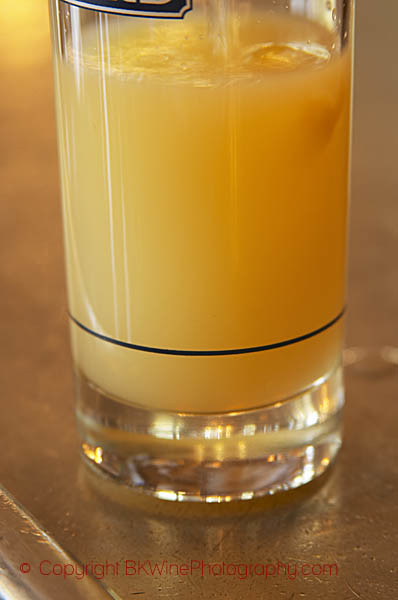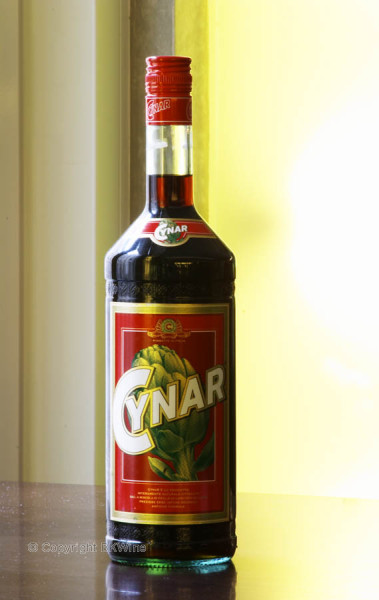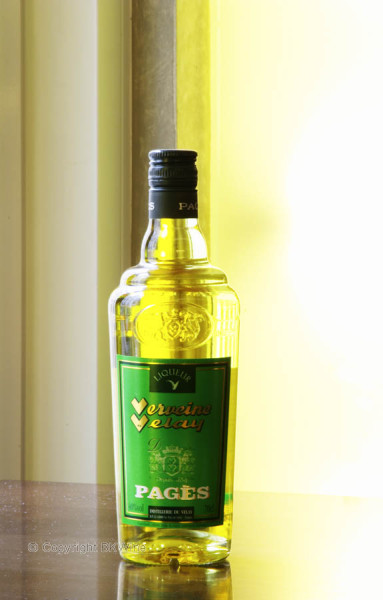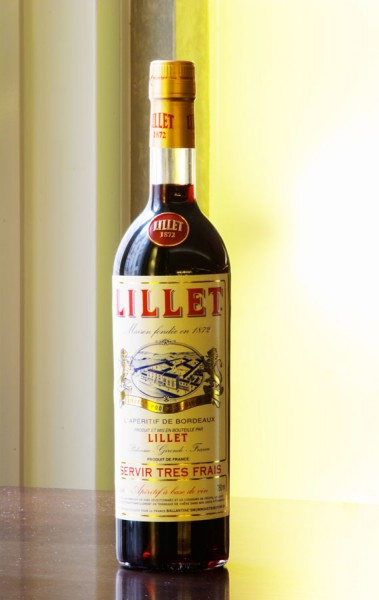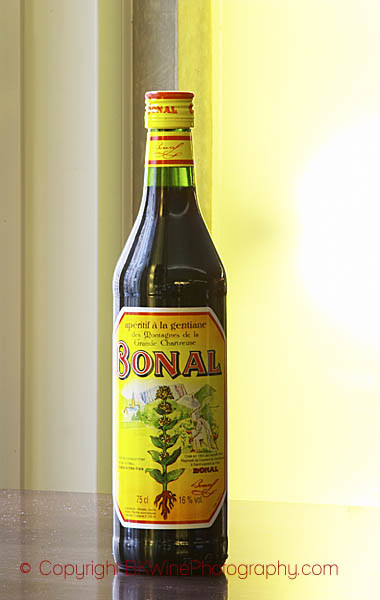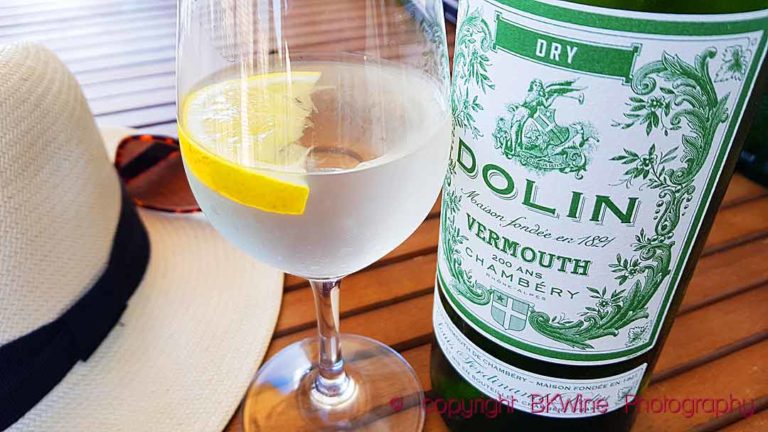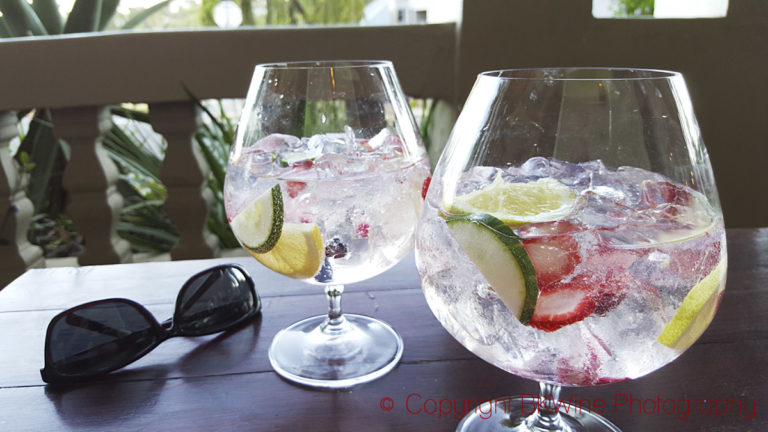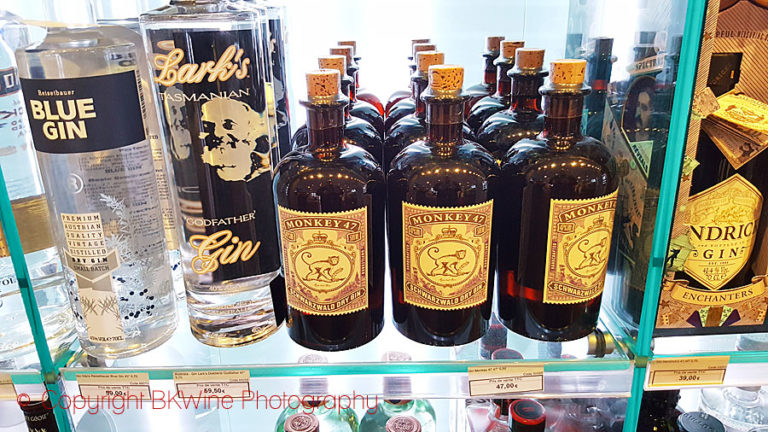Mixed drinks, or cocktails, are becoming more and more popular to drink as an aperitif and you can hardly open a food or wine magazine today without reading about it, or getting the bartender’s best tips. What happened to all the traditional southern French aperitifs such as Byrrh, Dubonnet and pastis? Some of them were big sellers 50 years ago but are now almost forgotten. Others are again becoming popular. Perhaps there is one of those hiding deep inside your drinks cabinet collecting dust? If so, throw it away and buy a new one!
Wine-based aperitifs
The wine-based aperitifs became very popular from the mid-1800s. They consist either of wine that is fortified with spirits or grape must to which spirit has been added before fermentation has had time to get started. Usually, they are flavoured with herbs and cinchona bark (or quina, a source of quinine, china bark) and stored for several months in large oak vats or barrels to give the different flavours a chance to blend with each other. Some classic examples:
Byrrh
Byrrh was created in 1873 by the brothers Violet in Thuir, near Perpignan, and consists of unfermented grape must from Carignan, Grenache and Alicante with the addition of grape spirit and fortified wine. It has been flavoured with cinchona bark, orange peel, coffee and cocoa beans. In the inter-war period was Byrrh the best-selling aperitif in France. The world’s largest oak barrel, with a capacity of 1 million litres of wine, can be seen at Byrrh in Thuir, in case you are passing by.
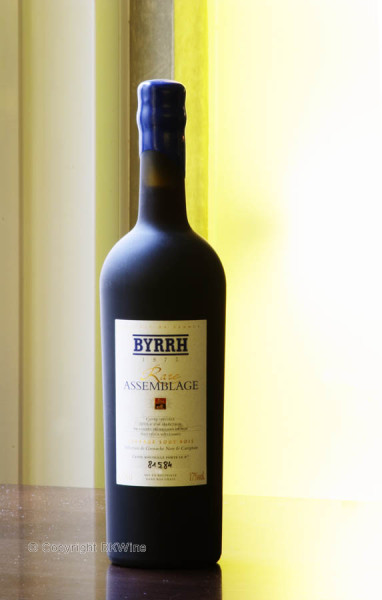
Dubonnet
Joseph Dubonnet launched his aperitif as a pleasant way to ingest quinine for those who travelled in countries with a risk of malaria. The original recipe contained cinchona bark and orange peel
Saint-Raphaël
The Lyons-based physician Jupet created this aperitif in a red and a white version with tastes mainly originating from china bark. He emphasised particularly its appetite-stimulating properties.
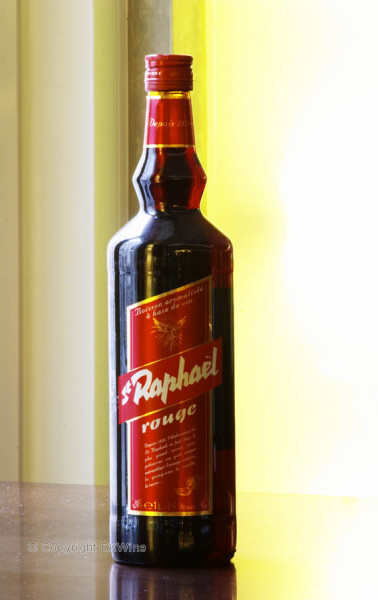
Vermouth
In Turin Antonio Benedetto Carpano was the first to blend a vermouth in 1786. It consisted of wine, wormwood, herbs and spices. Vermouth is today made in several countries and are available in dry white, sweet white and red (the colour is obtained by adding food colouring).
Although the taste of vermouth can vary it is always made in much the same way: the wine is fortified with alcohol and seasoned with herbs. One of the best is the dry French Noilly Prat made in Marseillan not far from Montpellier. The firm was founded in 1813 by Joseph Noilly. At Noilly Prat they also puts special emphasis on the maturation process to let it put its mark on the wine.
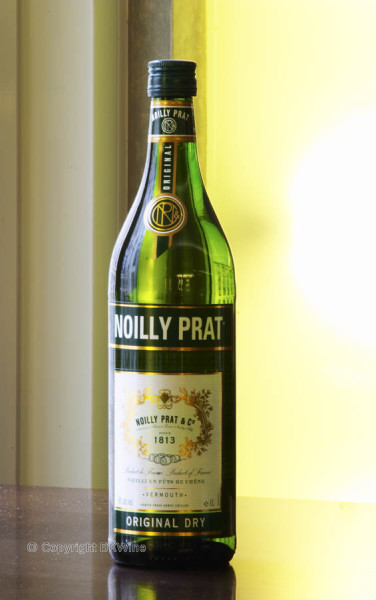
First, the wine is stored in large barrels of several thousand litres. There it stays for 10-12 months. Then the wine is kept outdoors in barrels for one year under the open sky, exposed to both the sun, wind and rain. Under the influence of the salty sea winds the colour and taste of the wine changes. Then the wine is moved indoors again and a mixture of herbs and spices is added that and are left to macerate in the wine for 21 days. The exact composition of these seasonings is of course secret.
Approximately 49 different herbs are included, including cinnamon, orange peel and chamomile. After pressing and removing the herbs from the wine they add some wine mixed with alcohol to bring up the alcohol content to the desired level, 18% abv.
Alcohol-based aperitifs
Picon
Picon is a so-called bitter aperitif created by Gaëton Picon in Provence in the mid-1800s. The base is alcohol, water and sugar and flavouring with cinchona bark, orange peel and gentian root that gives a rather special taste. Today it is sold almost exclusively as Picon Bière, which therefore should be mixed with beer.
Suze
Suze is another aperitif flavoured with gentian root. It comes from the Massif Central and has macererat in alcohol for a few months. Suze was created about 100 years ago by Henri Porté. It is now owned by Pernod-Ricard.
These aperitifs flavoured with gentian root is said to stimulate the appetite. Can happily be served with ice and soda water.
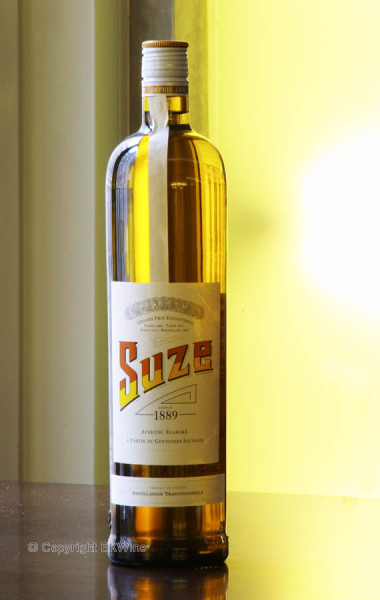
Aniseed-flavoured aperitifs, pastis
Pernod, Ricard etc
Pastis is said to be the most consumed aperitif in France and is certainly the most characterful. Either you like it or you don’t! But is there is something that one associates more with Provence than pastis? For it is precisely from here it originates, Marseille more exactly. Here Paul Ricard began to produce the first pastis in 1932, the very year that authorities suspended the prohibition of aniseed aperitifs (which had existed since the ban on absinthe in 1915).
Paul Ricard had prepared carefully and learned from the farmers around Marseille, who all had their own recipe for pastis and made it for their own private consumption. Ricard’s pastis, “Le Vrai Pastis de Marseille” as advertising slogans went, got an incredible success, to some extent certainly because it recalled the former absinthe. Many other producers naturally followed after that, some who previously made absinthe, and soon there were some 100 pastis producers in Provence.
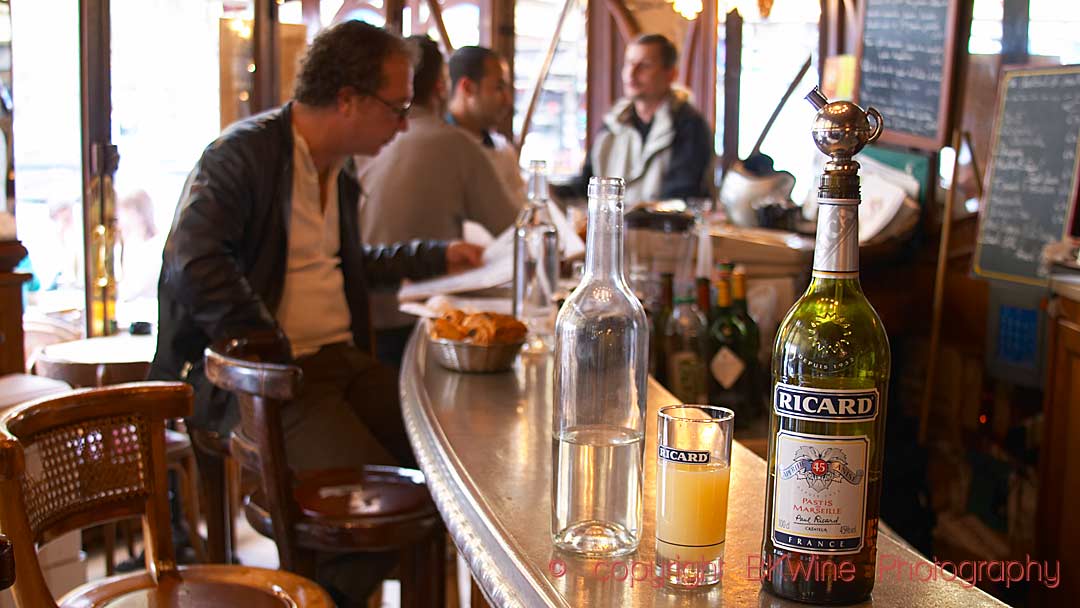
The peculiar taste of a pastis comes from star anise (star aniseed), liquorice and various Provencal herbs. These macerate in forty-five percent alcohol. Then a little sugar is added.
One always drinks pastis diluted with water. Star anise contains anethole, which is said to be very good for the stomach. It is an oil which crystallises when cold water is added. This gives the drink the famous milky appearance.
In addition to the big pastis producers, such as Pernod (which incidentally made the first absinthe in the late 1700s) and Ricard, you can today again find a number of smaller producers of pastis. Some even make completely unsweetened pastis to further accentuate the taste of aniseed and herbs.
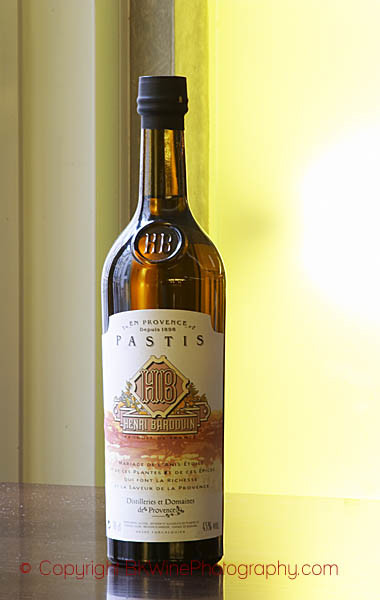
An opened bottle of an aperitif “wine” should preferably not be kept too long. Fortified wines, and similar fortified aperitifs, do not have such a high alcohol content to keep the good taste totally intact more than maybe one or a few months. Keep the bottle in the refrigerator.
The china tree grows in the Andean rainforests and its bark has been more important than many other drugs from nature. A substance that that bark contains is called quinine; it has antipyretic properties (calming fevers) and was used from the mid-1600s in European medicine for fever chills and malaria.
Absinthe was produced from 1797 as a wormwood extract spiced with anise and fennel. The alcohol content was 55-60% but like pastis it was mixed with water when drinking it. The reason why it was prohibited in 1915 was that the flavourings of the beverage were considered to cause nerve damage.
